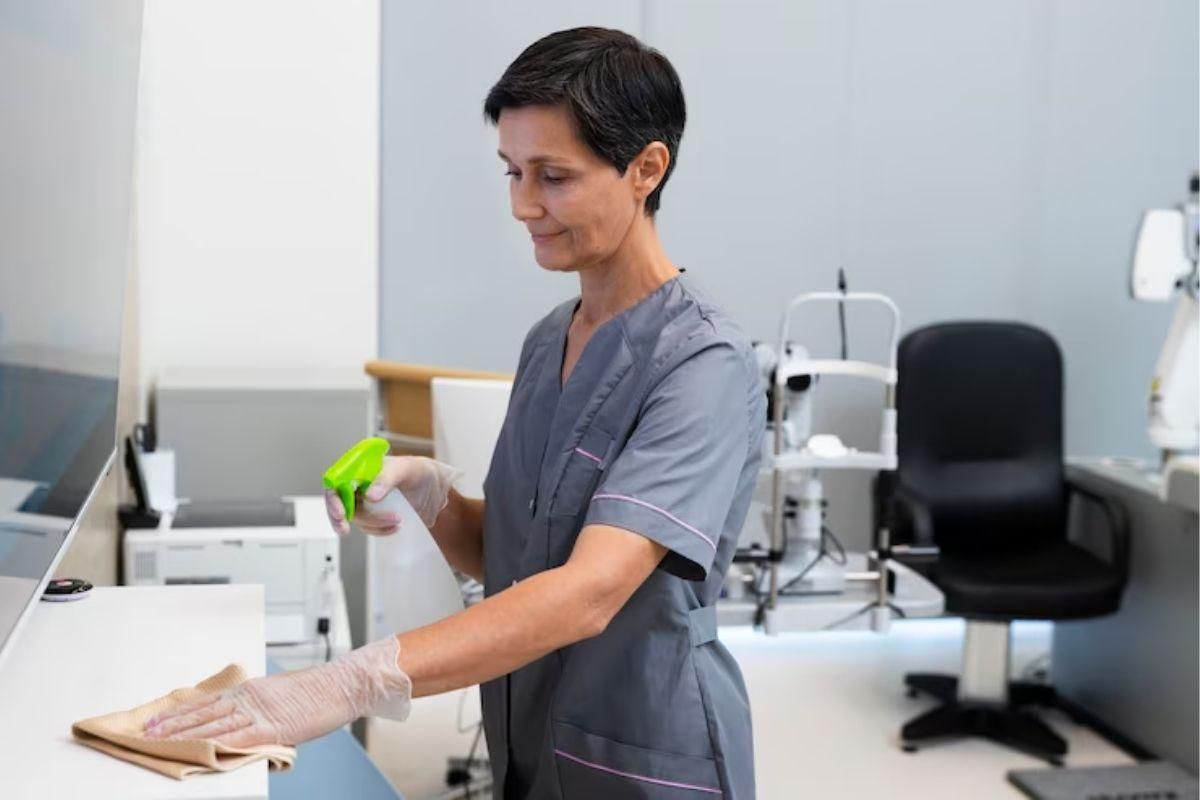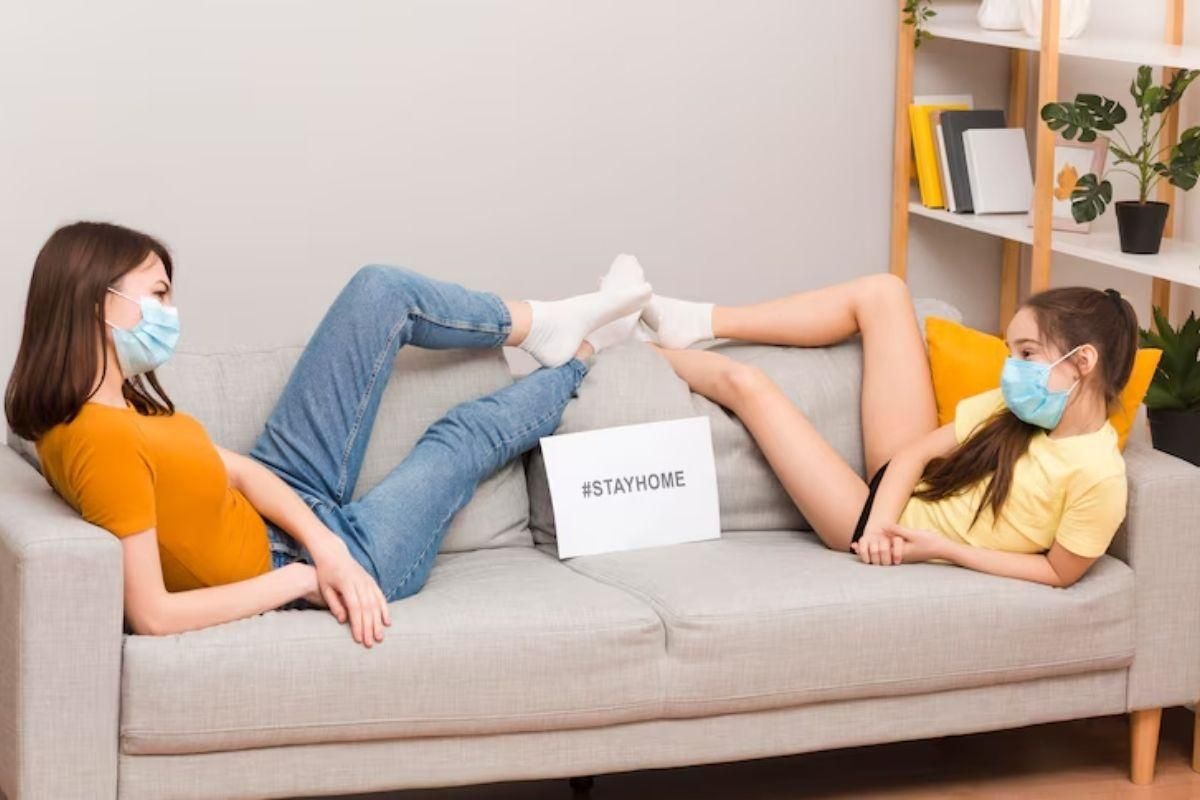The Science of Commercial Cleaning – Why It Works So Well
Ever walked into a sparkling clean office and just felt…better? It's not just magic – there's real science behind why commercial cleaning is so effective. We're not just talking about a quick wipe-down with a damp cloth. We're talking about a strategic, scientifically-backed approach to creating a truly hygienic environment.
In Australia, where workplace health and safety are important, understanding this science is crucial. In fact, recent reports show that businesses that invest in professional cleaning services see a significant return on investment through reduced sick leave and increased productivity. Let's explore the fascinating world of cleaning science, together with EverydayClean!
Understanding the Science Behind Commercial Cleaning
Professional cleaning isn't just about making things look clean; it's about creating a space that's genuinely healthy and safe. It goes way beyond surface-level dusting and sanitization. It involves understanding the chemistry of cleaning agents, the biology of germs, and the physics of air filtration.
Scientifically-backed methods are essential for maintaining a hygienic workplace, preventing the spread of illness, and even prolonging the life of your office furniture and equipment. For businesses, this means investing in evidence-based commercial cleaning solutions – ones that are proven to work, not just make promises.
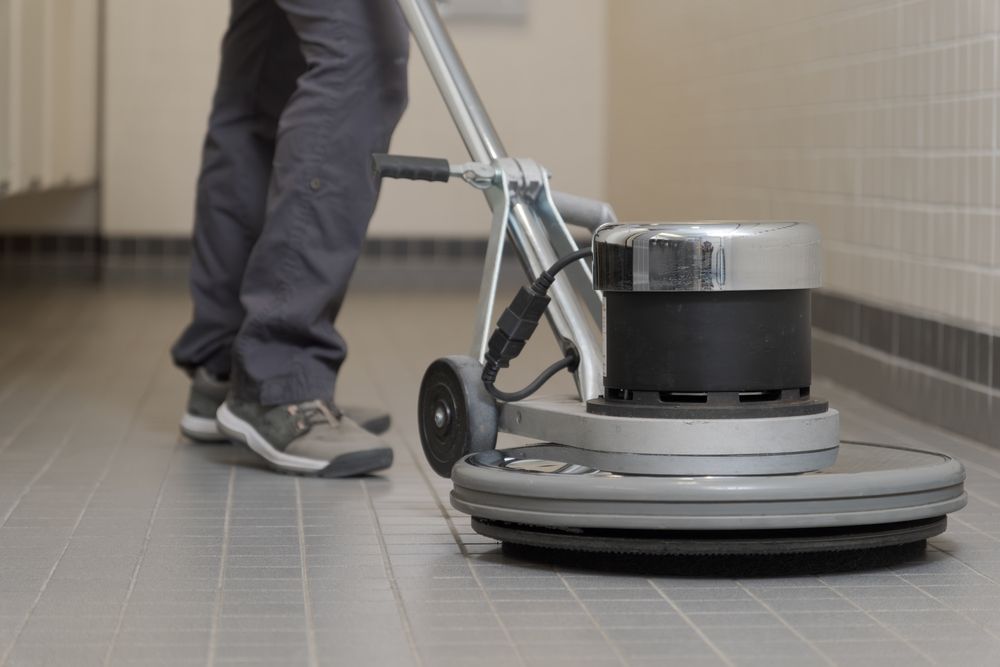
The Chemistry of Cleaning – Breaking Down the Process
How Cleaning Agents Work to Remove Dirt & Germs
- Surfactants: These are the superheroes of cleaning! Surfactants work by breaking down the surface tension of water, allowing it to mix with oil and grease. This is how they lift dirt and grime from surfaces. Think of them as tiny "grabbers" that pull dirt away.
- Disinfectants: These are the germ killers. Disinfectants work by destroying the cell walls of bacteria and viruses, effectively eliminating them.
- Cleaners vs. Sanitizers vs. Disinfectants: It's important to know the difference!
- Cleaners: Remove dirt and grime, but don't necessarily kill germs.
- Sanitizers: Reduce the number of germs to a safe level.
- Disinfectants: Kill a wide range of germs, including bacteria and viruses.
The Impact of pH Levels on Cleaning Efficiency
The pH scale measures how acidic or alkaline a substance is. This is crucial in cleaning!
- Acidic Cleaners (low pH): These are great for removing mineral deposits like limescale and rust. Think toilet bowl cleaners and descalers.
- Alkaline Cleaners (high pH): These are powerful for cutting through grease, oil, and dirt. Think oven cleaners and degreasers.
- Neutral Cleaners (pH 7): Safe for most surfaces and everyday cleaning.
Understanding pH helps cleaners choose the right product for the job, ensuring effectiveness and safety.
Eco-Friendly Cleaning Science – Safe for People & the Planet
There's a growing movement towards green commercial cleaning solutions, and for good reason!
- Enzyme-Based Cleaners: These use natural enzymes to break down organic matter like food spills and stains. They're biodegradable and often more effective than traditional chemicals.
- Biodegradable Cleaners: These break down naturally in the environment, reducing pollution.
- Certifications: Look for certifications like GECA (Good Environmental Choice Australia) to ensure products are genuinely eco-friendly.
Best Commercial Cleaning Methods for Maximum Hygiene
Now, let's look at some of the most effective cleaning methods used in commercial settings.
High-Touch Surface Disinfection – The Key to a Germ-Free Office
High-touch surfaces are breeding grounds for germs. Think:
- Doorknobs
- Keyboards
- Elevator buttons
- Light switches
- Shared phones
These areas need frequent disinfection.
- Electrostatic Spraying: This technology uses a positively charged disinfectant mist that wraps around surfaces, ensuring complete coverage.
- UV Disinfection: UV light can kill pathogens by disrupting their DNA. It's often used in healthcare settings but is becoming more common in offices.
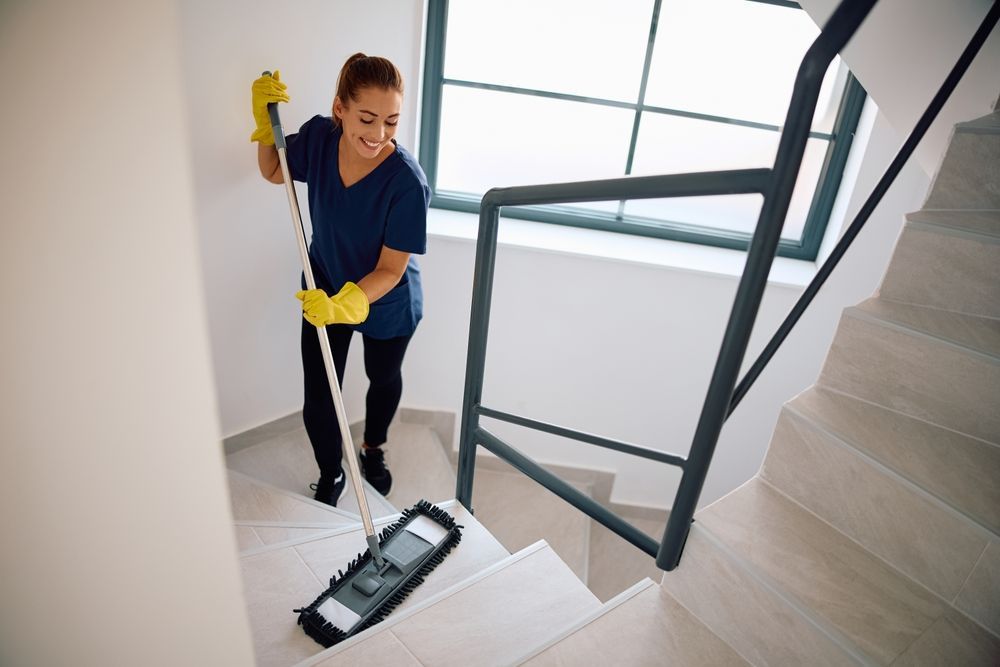
HEPA Filtration & Air Quality Improvement
Clean air is just as important as clean surfaces.
- HEPA Filters: These filters trap 99.97% of airborne particles, including dust, pollen, and bacteria.
- Impact on Health: Clean air reduces respiratory problems and allergies, leading to fewer sick days.
- Professional Cleaning Services: Many commercial cleaning services use vacuums with HEPA filters and offer air duct cleaning to maintain optimal air quality.
Steam Cleaning vs. Traditional Cleaning – Which One Works Best?
Steam cleaning is gaining popularity for its effectiveness and eco-friendliness.
- How it Works: High-temperature steam kills bacteria and loosens dirt without the need for chemicals.
- Efficiency: Steam cleaning can be faster and more effective than traditional methods, especially for porous surfaces.
- Cost: While the initial investment in equipment might be higher, the long-term cost savings (reduced chemical use) can be significant.
- Industries: Healthcare, hospitality, and food service often prefer steam cleaning for its superior sanitization.
The Role of Cleaning Science in Preventing Workplace Illness
A clean office isn't just about aesthetics; it's about preventing the spread of illness.
How Professional Cleaning Reduces the Spread of Germs
- Common Workplace Germs: Bacteria like E. coli and Staphylococcus , and viruses like influenza and the common cold, can thrive in unclean environments.
- Antimicrobial Cleaning Agents: These agents kill or inhibit the growth of microorganisms, reducing the risk of infection.
- Statistics: Studies show that regularly cleaned offices have significantly lower rates of illness.
The Science Behind Cleaning Frequencies – How Often Should You Clean?
Cleaning frequency depends on several factors:
- Routine Cleaning: Daily tasks like emptying bins and wiping down surfaces.
- Deep Cleaning: Periodic, thorough cleaning of all areas.
- Emergency Cleaning: Addressing spills or contamination immediately.
- Custom Schedules: Cleaning schedules should be tailored to the office size, industry, and employee count.
The Link Between Workplace Hygiene & Employee Productivity
A clean environment isn't just healthier; it's also more productive.
- Improved Focus: A clean, organized space reduces distractions and allows employees to focus better.
- Reduced Absenteeism: Fewer illnesses mean fewer sick days and increased productivity.
- Psychological Benefits: A clean, well-maintained office creates a more positive and professional atmosphere, boosting morale.
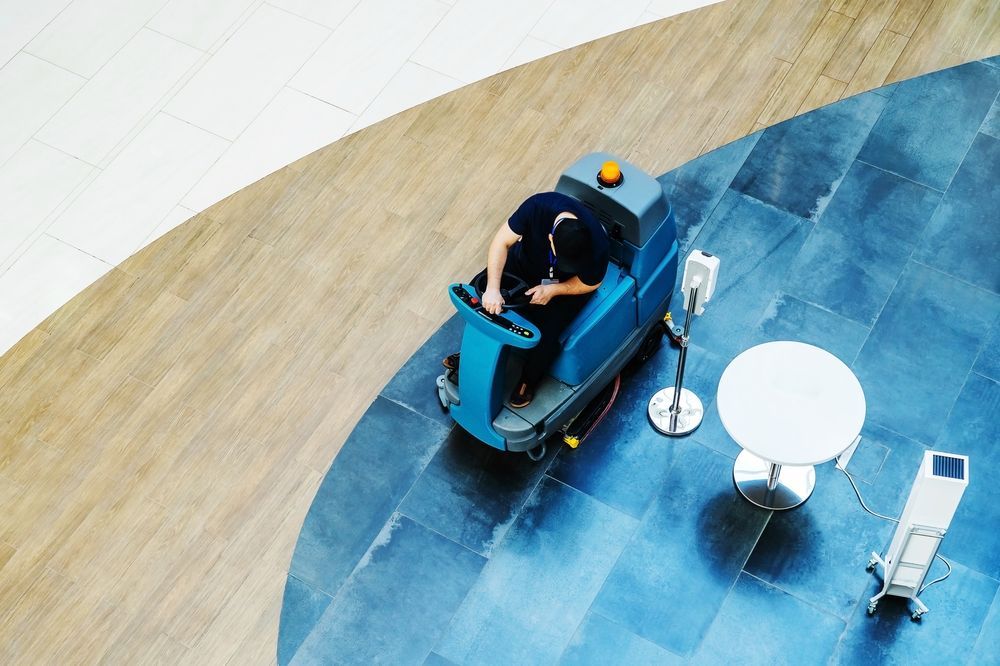
How Businesses Can Benefit from Science-Backed Commercial Cleaning
Investing in science-backed cleaning is a smart business decision.
Choosing a Cleaning Provider That Uses Proven Methods
- Ask Questions: Inquire about their cleaning techniques, products, and equipment.
- Look for Expertise: Choose a company that understands the science behind cleaning and uses evidence-based protocols.
The Cost vs. ROI of Investing in Professional Cleaning Services
- Reduced Maintenance Costs: Proper cleaning prolongs the life of your assets.
- Hidden Costs of Poor Cleaning: Poor cleaning can lead to equipment damage, health risks, and decreased productivity, all of which cost money.
- Long-Term Savings: A healthier, more productive workforce translates to a better bottom line.
Customizing Cleaning Solutions Based on Industry Needs
Different industries have different cleaning needs.
- Medical Offices: Require strict disinfection protocols to prevent the spread of infection.
- Corporate Spaces: Focus on creating a clean and professional environment to impress clients and boost employee morale.
- Retail Businesses: Need to maintain a clean and inviting space to attract customers.

